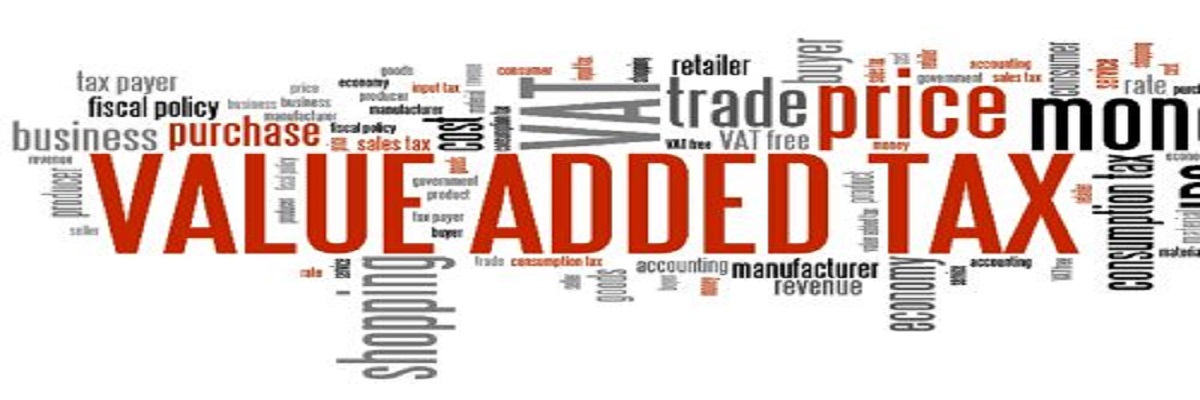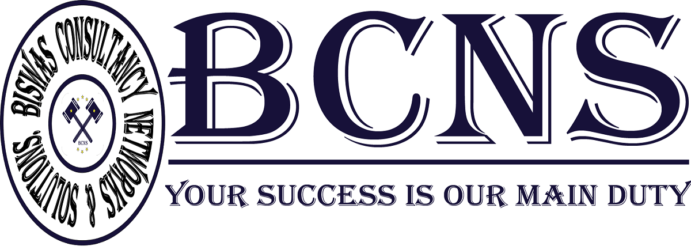
Value Added Tax (VAT)
Value Added Tax (VAT) is the largest contributor to the NBR tax revenue. Proposed VAT measures are following:
- Reducing Advance Tax (AT) on imported raw materials for manufacturing industries from existing 5 percent to 4 percent;
- Time limit for input tax credit extend up to 4 tax periods from existing 2 tax periods;
- Considering 80 percent of the expenditure incurred on transportation services as input credit;
- Considering the next working day as the deadline for return submission if the 15th day becomes a public holiday;
- Deposit amount increases from 10 percent to 20 percent of disputed tax while filing appeal before the Appellate Tribunal;
- VAT exemption on the manufacturing of mobile phone sets and 5 percent VAT rate on mobile phone set assembling, provision extending for one more year;
- Fully VAT exemption on locally produced mustard oil and agricultural machineries;
- VAT exemption on up to 60 AMP solar battery production for partner organizations of Infrastructure Development Company Ltd (IDCOL);
- 5 percent VAT rate on domestic production of Loaded PCB (Printed Circuit Board), Unloaded PCB and Router;
- 5 percent VAT rate (currently 15 percent) on manufacturing potato flakes made of locally produced potatoes and maize starch;
- Imposing fixed VAT at the rate of 6 taka per kg from the existing 5 percent ad valorem VAT on Polyester, Rayon and all other synthetic yarn, and at the rate of 3 taka per kg from the existing 4 taka per kg on all kinds of Cotton Yarn;
- Exempting VAT on Test kits of Covid-19 on the import, manufacturing and trading stages;
- Exempting VAT on locally manufactured Personal Protective Equipment (PPE) and Surgical Mask (including face mask) on manufacturing and trading stages;
- Exempting VAT on COVID-19 medicines at the import, manufacturing and trading stages;
- Increasing VAT rate to 7.5 percent (currently 5 percent) on the showroom stage of furniture; and
- Increasing VAT rate to 10 percent (currently 5 percent) on air-conditioned launch services.
Excise duty
Excise duty is now collected on Bank Accounts and Airline tickets under the Excises and Salt Act, 1944. The Finance minister proposed to fix the excise duty rates on bank balance at the following rates:
- In cases where the balance exceeds Tk. 10 lakh but does not exceed Tk. 1 crore, Excise duty has been proposed to increase from Tk. 2,500 to Tk. 3.000;
- In cases where the balance exceeds Tk. 1 crore but does not exceed Tk. 5 crore, Excise duty has been proposed to increase from Tk. 12,000 to Tk. 15,000; and
- In cases where the balance exceeds Taka 5 crore, Excise duty has been proposed to increase from Tk. 25,000 to Tk. 40,000.
However, the applicable excise duty rates will remain unchanged in cases where the bank account balance does not exceed Tk. 10 lakh at any time during a year.
Customs Duty
The proposal includes existing 6 slabs of Customs Duty (0%, 1%, 5%, 10%, 15%, and 25%), 3% Regulatory Duty on goods having highest import duty, and existing 12 slabs of Supplementary Duty (10%, 20%, 30%, 45%, 60%, 100%, 150%, 200%, 250%, 300%, 350%, and 500%) on import stage to continue in FY 2020-21. Besides, existing 0 percent import duty will remain unchanged for importing essential commodities, fertilizers, seeds, lifesaving drugs and raw cotton along with raw materials for some industries.
Supplementary duty
The proposal contains following revised Supplementary duty (SD) rates:
- SD rate increased from 10 percent to 15 percent for all kinds of services rendered by BRTA for car and jeep registration and related services;
- SD rate increased from 25 percent to 30 percent for chartered aircrafts and helicopters;
- SD rate increased from 10 percent to 15 percent on the services provided through mobile phone SIM/RIM card;
- SD rate increased from 5 percent to 10 percent on locally manufactured cosmetics; and
- Imposing 10 percent Supplementary duty on Ceramic Sink, Basin at the manufacturing stage.
What Is a Value-Added Tax (VAT)?
A value-added tax (VAT) is a consumption tax placed on a product whenever value is added at each stage of the supply chain, from production to the point of sale. The amount of VAT that the user pays is on the cost of the product, less any of the costs of materials used in the product that have already been taxed.
More than 160 countries around the world use value-added taxation, and it is most commonly found in the European Union. Nevertheless, it is not without controversy. Advocates say it raises government revenues without punishing success or wealth, as income taxes do, and it is simpler and more standardized than a traditional sales tax, with fewer compliance issues. Critics charge that a VAT is essentially a regressive tax that places an increased economic strain on lower-income taxpayers and also adds bureaucratic burdens for businesses.
Value-added taxation is based on taxpayers’ consumption rather than their income. In contrast to a progressive income tax, which levies greater taxes on higher-level earners, VAT applies equally to every purchase.
Key Takeaways
- A value-added tax, or VAT, is added to a product at every point on the supply chain where value is added.
- Advocates of VATs claim that they raise government revenues without punishing success or wealth, while critics say that VATs place an increased economic strain on lower-income taxpayers and bureaucratic burdens on businesses.
- Although many industrialized countries have value-added taxation, the U.S. is not one of them.
How a Value-Added Tax (VAT) Works
A VAT is levied on the gross margin at each point in the manufacturing-distribution-sales process of an item. The tax is assessed and collected at each stage, in contrast to a sales tax, which is only assessed and paid by the consumer at the very end of the supply chain.

